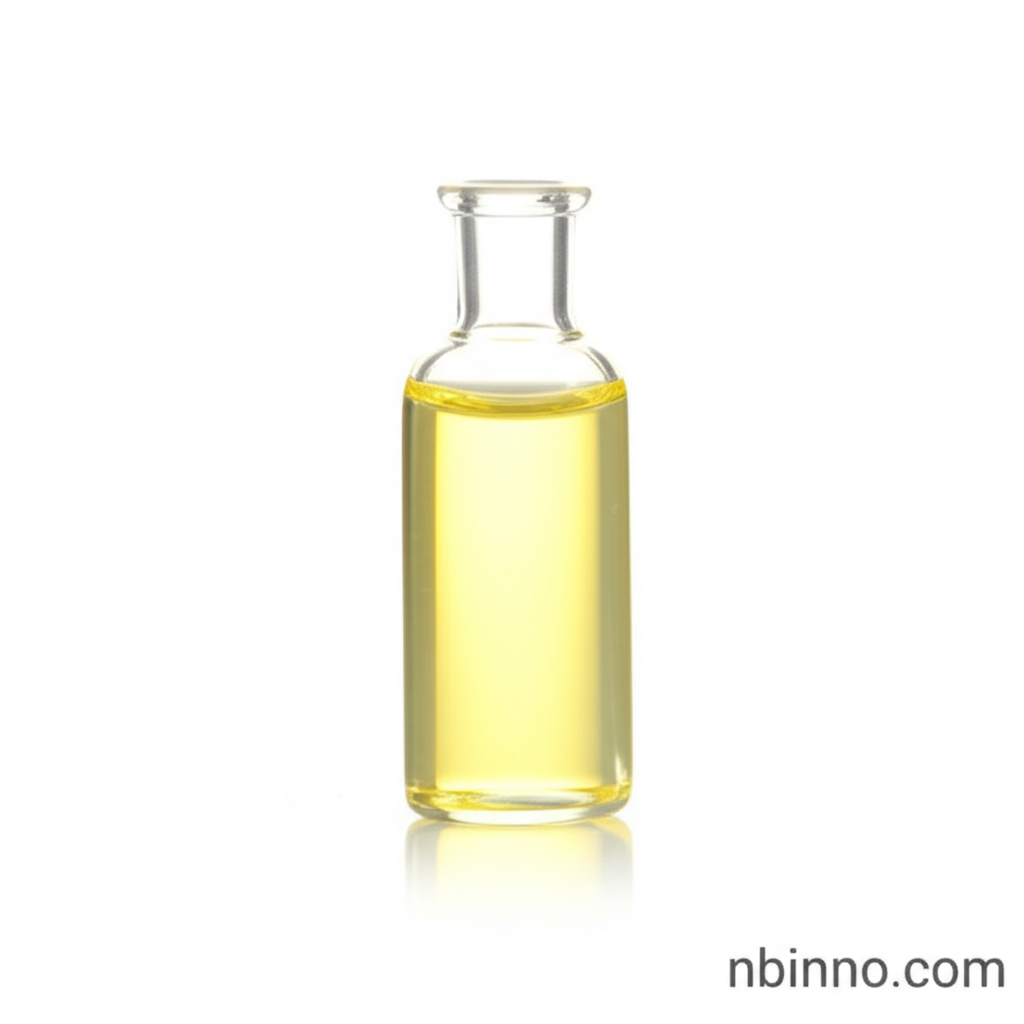3-Dimethylaminopropane-1,2-diol: A Versatile Amino Alcohol for Chemical Synthesis and Research
Discover the applications and properties of CAS 623-57-4, a key fine chemical intermediate.
Get a Quote & SampleProduct Core Value

3-Dimethylaminopropane-1,2-diol
3-Dimethylaminopropane-1,2-diol (CAS 623-57-4) is a critical amino alcohol valued for its role as a chemical intermediate. Its unique structure makes it instrumental in various synthetic pathways, particularly in the development of advanced materials and complex organic molecules.
- Explore the key applications of 3-Dimethylaminopropane-1,2-diol in chemical synthesis, including its use in preparing cationic lipids like DOTMA.
- Understand the detailed CAS 623-57-4 chemical properties, such as its molecular formula C5H13NO2 and molecular weight of 119.16 g/mol.
- Learn about the importance of this amino alcohol in the synthesis of indane-derived bis(oxazolines), expanding its utility in specialized chemical research.
- Discover the physical attributes, including its appearance as a colorless to yellow liquid, and its stability under various conditions.
Product Advantages
Versatile Chemical Intermediate
Leverage the versatility of 3-Dimethylaminopropane-1,2-diol for a wide range of organic synthesis projects, making it a valuable component in various research and industrial applications.
Critical for Advanced Synthesis
Utilize this compound for specific synthetic routes, such as the preparation of cationic lipids or indane-derived bis(oxazolines), enabling cutting-edge research and product development.
Reliable Chemical Properties
Benefit from the well-defined chemical properties and stability of CAS 623-57-4, ensuring consistent and predictable results in your chemical processes.
Key Applications
Chemical Synthesis
3-Dimethylaminopropane-1,2-diol serves as a crucial building block in complex organic synthesis, facilitating the creation of novel compounds.
Cationic Lipid Preparation
It is utilized in the preparation of synthetic cationic lipids, important for applications like DNA transfection protocols.
Bis(oxazoline) Synthesis
The compound plays a role in the synthesis of indane-derived bis(oxazolines), contributing to materials science research.
Research and Development
As a fine chemical, it supports ongoing research and development efforts across various scientific disciplines.
